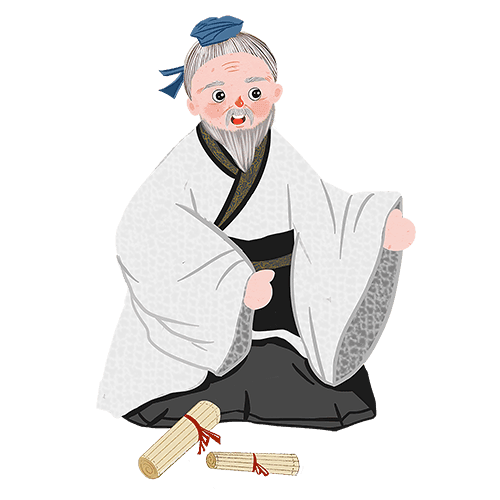Invite friends to apply for classes and get a cashback. Come and participate! Get the invitation code
Back
第一首英文诗

种恺骅
Jul 11, 2025
学生诗集
说起写诗来,我还是从英文开始的。2021年Mrs. Murdick,我的老师,教给了我押韵的乐趣。爸爸妈妈给我买了莎士比亚的诗集,跟我一起学习莎士比亚的14行诗的格式。我发现其实如果明白了“游戏”规则,写这样的诗还是挺好玩的。以下是我尝试用莎士比亚的方法写的第一首诗:
Morning Thoughts on the Carnival Panorama
The ship rides the wind in a sea that raves,
The bow cleaving the ocean swells in haste.
Lying in bed a glorious day waves,
All the beaches and forests that await.
Want to feel the warm sand under my feet,
And the cool sea water up to my thigh.
Want to greet the sea lions looking sweet,
And the stone arch with hidden caves up high.
Want to hike the lush and green forest trails,
Along the clear and shallow mountain streams.
Want to adventure past bridge with no rail,
Over a plunging waterfall that gleams.
Ready for a day of fun and colors,
Ready for the world with all its wonders!
那次,我们全家坐游轮去墨西哥旅游。我们一起去了很多景点,玩得很高兴。有一天早上,我躺在被窝里回忆着我们玩过的沙滩,小溪,树林,还有特别危险的小吊桥。我想到康震老师讲过,孟浩然也是躺在被窝里想着窗外的春色写的《春晓》,就决定用这个题材,以莎士比亚的十四行诗的格式,去写我这首英文诗。
我们的船舱在船头,是游客舱的二楼,离海面很近。船在高速航行时,我躺在床上感受着海面的起伏。每一次船艏撞击到起伏的海面时,都会溅起巨大的浪花,发出轰隆隆的声音。这使我想起了李白写的《行路难》三首中的:
长风破浪会有时,直挂云帆济沧海。
于是,我写下了:
The ship rides the wind in a sea that raves,
The bow cleaving the ocean swells in haste.
Lying in bed a glorious day waves,
All the beaches and forests that await.
躺在床上,我想象着在又细又软的沙滩上跑步,再让清凉的海水冲刷我的大腿。我好像又看到了海狮躺在石头上睡觉,岸边的巨大石拱和隐蔽的岩洞。
于是,我写下了:
Want to feel the warm sand under my feet,
And the cool sea water up to my thigh.
Want to greet the sea lions looking sweet,
And the stone arch with hidden caves up high.
躺在床上,我又想象着走在凉爽的林间小道,阳光像金色的细沙穿过一层层枝叶照在我身上。清澈的溪水在石上流过。我勇敢的走过了一座独木桥,桥边流过一座闪亮的瀑布。
于是,我写下了:
Want to hike the lush and green forest trails,
Along the clear and shallow mountain streams.
Want to adventure past bridge with no rail,
Over a plunging waterfall that gleams.
我决定要马上起来去看看这万紫千红的大自然,因为世界还有很多奇观等着我去探索!
于是,我写下了:
Ready for a day of fun and colors,
Ready for the world with all its wonders!
我把这首诗献给了邮轮的船长。船长还给我写了封感谢信。
在这首诗里,我把我从中国古诗里学到的知识用到了英文创作中。学习中国古典文化还能让我在看到各种景色时联想到古人的经典诗词。
结合这首诗和诗的创作过程,我邀请大家通过不同语言中的诗词一起注意到生活中更多的细节,感受、欣赏和记录我们的美好生活。
Recommended Reading
TongLe Chinese School
Fostering character, inspiring joy, and empowering every learner to soar.
Contact Us
- WeChat : TongLeChinese
- registrar@tonglec.org
- 14200 SE 13th Pl, Bellevue, WA 98007
Follow Us





